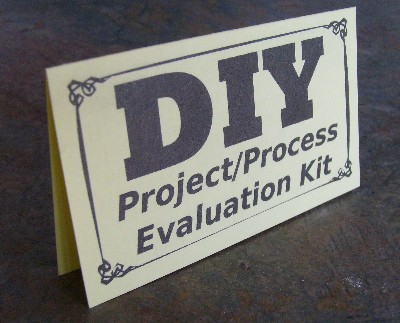The Value of Iterations
I often see comments in social media disparaging working in iterations. I’ve heard such comments in person at client sites in the past. Why do some people dislike iterations so much?
Sometimes they talk about the high overhead of repeated planning and tracking. This makes me suspect that their planning and tracking procedures are not aligned with their needs.
Estimating stories is a particularly sore point. People often try to estimate with a precision much greater than they need. If you’re working in iterations, there’s really only two needs for story estimation.
- Have we prepared enough work to keep us going for the duration of the iteration?
- Are we getting ahead of ourselves and preparing too far into the future?
